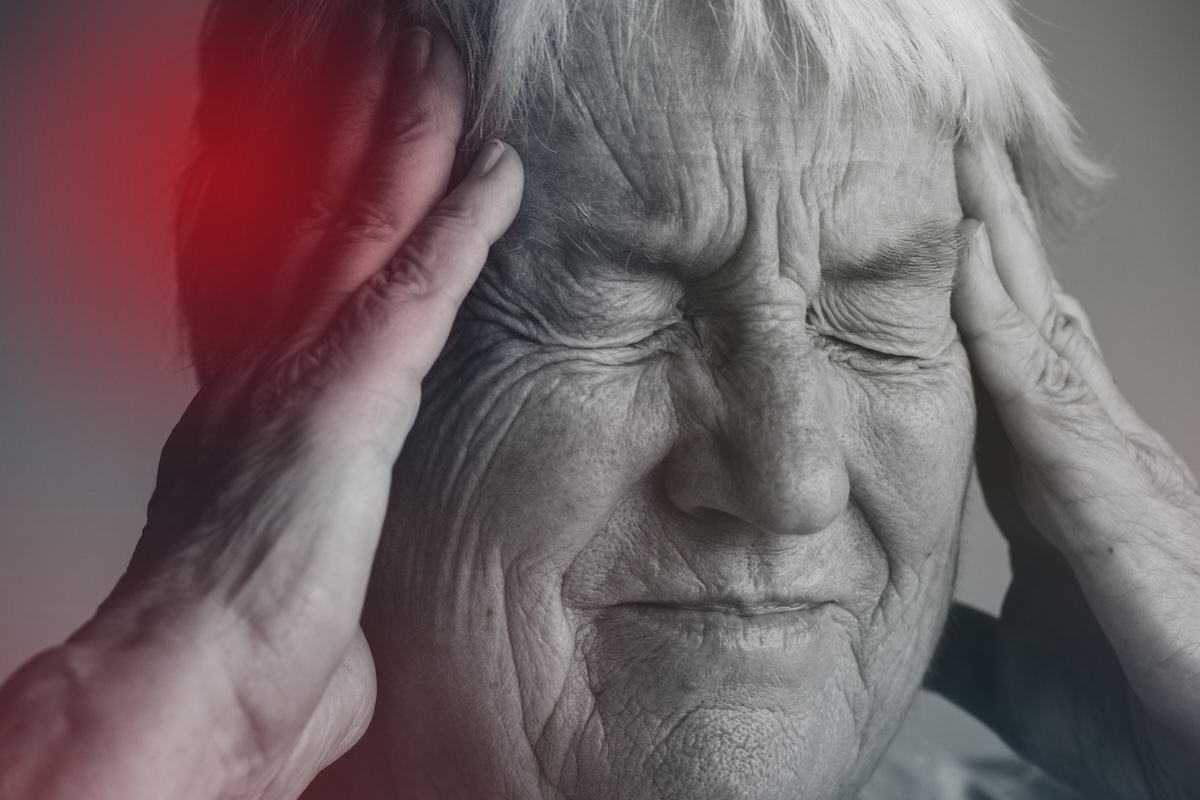A stroke is a serious medical condition that happens when blood flow to part of the brain is blocked or when a blood vessel in the brain bursts. Without enough blood, brain cells can’t get the oxygen and nutrients they need and begin to die within minutes. This can cause lasting damage, disability, or even death if help isn’t given right away.

Strokes are one of the leading causes of death and long-term disability in the United States. The good news is that many strokes can be prevented, and getting treatment quickly can save lives and improve recovery. In this article, we’ll look at what a stroke is, what causes it, the different types, symptoms to watch for, and how doctors diagnose and treat it.
What Happens During a Stroke?
Your brain needs a constant supply of blood to work properly. That blood brings oxygen and nutrients that keep your brain cells alive. When something blocks that flow, or when a blood vessel bursts and causes bleeding, the affected part of the brain starts to shut down. That’s when a stroke occurs.
Because different parts of the brain control different body functions, the effects of a stroke depend on where it happens and how severe it is. A stroke can affect your ability to speak, move, think clearly, or even breathe. And because strokes happen fast, recognizing the warning signs quickly is extremely important.
Causes and Different Types
There are two main types of strokes, and they are caused by different problems in the blood vessels.
Ischemic stroke
This is the most common type, making up about 87% of all strokes. It happens when a blood clot blocks or narrows a blood vessel in the brain. The clot stops blood from reaching brain tissue, which causes brain cells to die.
Ischemic strokes can be caused by:
-
A blood clot forming in the brain (thrombotic stroke)
-
A clot traveling from another part of the body, usually the heart (embolic stroke)
-
Narrowing of the arteries due to fat buildup (atherosclerosis)
Hemorrhagic stroke
This type happens when a blood vessel in the brain breaks and bleeds into the brain tissue. The bleeding puts pressure on the brain and damages cells. Hemorrhagic strokes are less common but often more severe.
They are usually caused by:
-
High blood pressure
-
Head injury
-
Aneurysm (a weak spot in a blood vessel)
-
Certain blood-thinning medications
Transient ischemic attack (TIA)
Sometimes called a “mini-stroke,” a TIA happens when blood flow to the brain is blocked for a short time—usually less than five minutes. The symptoms are similar to a regular stroke but go away quickly. Even though TIAs don’t cause lasting damage, they are a serious warning sign that a bigger stroke could happen soon. How to recognize a stroke? Continue your search here:
